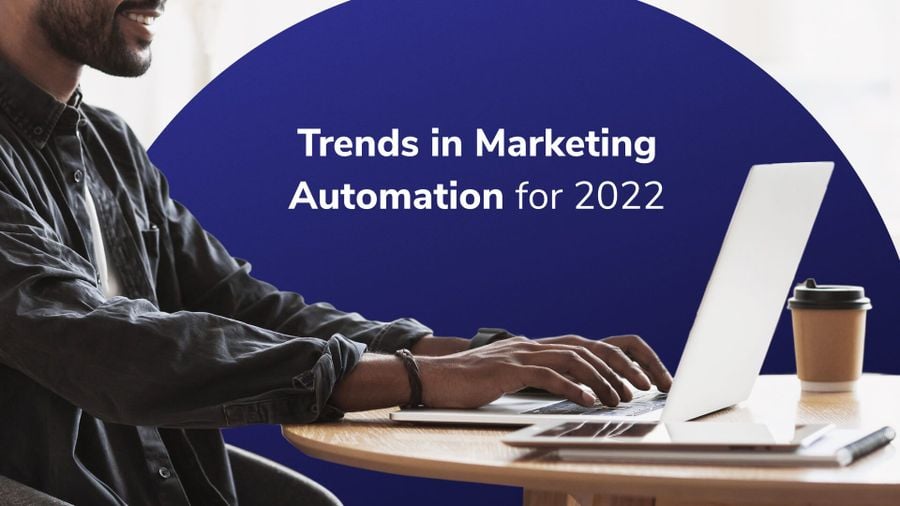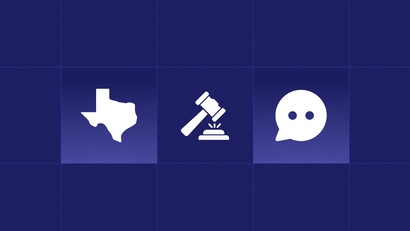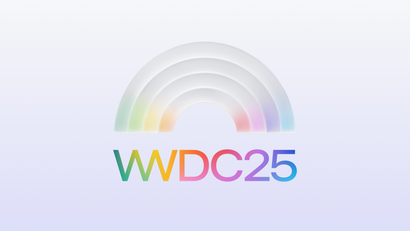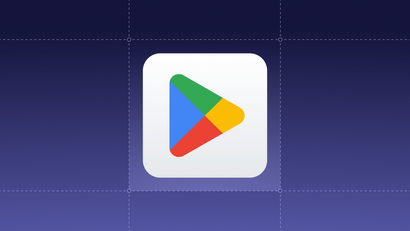Looking ahead to 2030, the global marketing automation market size is projected to reach 14,180 million dollars with a CAGR of 12.3 percent throughout this period.
Marketing automation is used by marketing and sales teams to streamline lead qualification, create and launch marketing communications campaigns, track performance, and more.
Marketing automation saves marketers and businesses valuable time and resources by aiding in the execution of complex tasks.
As we look towards the second half of 2022, there are a variety of factors we expect to contribute to the growth of marketing automation solutions. Here, we’ll unpack some of the top drivers of their growth.
1. Upgraded Behavior Analytics
Behavioral analytics, or data on how your customers interact with your site, app, or service, allow companies to better understand users’ needs and pain points —which translates to getting more leads into the funnel, retaining users throughout their journey, and ultimately delivering the value they are looking for.
As such, behavioral analytics help you optimize the customer experience and address the root cause of performance issues.
Analyzing and leveraging user behavior is becoming ever more important in today’s marketing ecosystem. As more and more companies compile and leverage the troves of data they’ve collected on their users—with the average Enterprise using over 100 tools within their MarTech stack— consumer experience expectations are higher than ever.
Behavioral analytics are the bread and butter of companies like Google and Facebook, which deliver highly personalized ads to users across the globe based on elaborate user profiles. With Americans spending almost 60 billion hours per year on Google, smaller companies are now subject to the same standards that these tech giants set.
Behavioral analytics are at the core of marketing automation solutions’ value prop, which is to aggregate this data and allow their clients to optimally target users.
A Mckinsey study shows that companies that effectively leverage behavioral data are capable of outcompeting their peers by 85 percent in sales and over 25 percent in gross margin.
2. Improved Omnichannel Marketing
Omnichannel customer experiences are now critical to customer communications. As more businesses adopt omnichannel approaches and Omnichannel products continue to improve, so too does a reliance on these types of providers.
Think about your modern-day experience as a consumer. You’re likely used to receiving brand communications not only in your email inbox, but also as push notifications, SMS confirmations, and highly targeted ads that pop up on your social media channels. Not only that, but a connected cross-channel journey is central to the efficacy of these campaigns.
For modern companies to effectively reach their audiences, they truly need an Omnichannel presence, which allows them to holistically reach users across platforms satisfy their heightened expectations for a cohesive customer experience.
3. More Focus on Mobile-First Solutions
In 2021, global consumer spending in apps grew to $133 billion, up by almost 20 percent year-over-year (YoY). In 2021, Consumers spent an average of 4.2 hours daily on their mobile devices, and mobile fueled 45 percent more financial decisions according to the State of Mobile 2021 report.
When it comes to the importance of mobile-first solutions, the value of mobile marketing automation is clear as of emerging trends in consumer behavior. Mobile marketing automation solutions empower companies to achieve better outcomes with this growing mobile audience.
4. Artificial Intelligence and Machine Learning
Marketing automation and machine learning are this year’s hottest celebrity couple.
In 2021, a study by McKinsey projected that AI and machine learning would generate 1.4 to 2.6 trillion dollars in the subsequent three years through their capacity to streamline marketing and sales problems.
Improvements in artificial intelligence and machine learning go hand in hand with the proliferation of marketing automation software. With standard automation, your team can set up the execution of complex tasks such as email sequences, push notification campaigns, and more. With the added layer of machine learning, an algorithm uses the data that you’re collecting along the way and further optimizes the automations you’re hoping to deliver.
Using machine learning within your marketing automations means honing the efficacy of your campaigns based on patterns the algorithm identifies within your data.
For example, OneSignal's Intelligent Delivery automatically optimizes the delivery time of your notifications based on when a user most recently used a specific app/website.
5. Shift Away from Third-Party Data
After Google’s 2020 announcement to phase out third-party cookies in which is the engine behind programmatic advertising, marketing automation has become more relevant to businesses.
Third-party data refers to information collected by an entity outside your business, such as the high-profile giants Facebook and Google.
Third-party cookies has historically given marketers and advertisers a wealth of data on their consumers, but as Google phases out cookies on Chrome, the advertising ecosystem is expected to feel a deep impact. Chrome holds 65 percent of the browser market and Google’s decisions around privacy historically set an industry precedent.
As of Google’s updated timeline for its Privacy Sandbox milestones, “Chrome will phase out support for third-party cookies over a three month period finishing in late 2023.”
With these changes, professionals in the marketing and advertising fields must now leverage zero and first-party data in order to achieve the level of behavioral targeting they were able to before.
As such, the focus switches from tracking to retargeting. Marketing automation software providers not only offer their users a way to track interactions with their campaigns, but also provide integrations with leading customer data platforms, further strengthening companies’ targeting approach in the absence of third-party cookies.
6. Account-Based Marketing
Account-Based marketing, or ABM, is a growing strategy for companies. During the pandemic, with increased pressure to conserve company resources, many businesses turned to this approach in order to glean more value from a smaller pool of high-value clients.
ABM and ABM automation are both valuable for companies that sell B2B and rely on the buy-in of multiple decision-makers. As account-based marketing grows, so too does a need for ABM automation providers, which help companies better personalize material for, cater to, and communicate with big-ticket clients.
With ABM, companies benefit from highly targeted and personalized communications, which is one of the core functions of marketing automation providers. With a strong emphasis on satisfying existing customers, businesses using ABM must focus on delivering the right message in the right channel at the right time. In other words, each customer relationship matters more than it would with a pool of smaller, Lower value accounts. Asking your sales team to handle each step of this process manually is not practical, which is why companies turn to marketing automation providers to send targeted outreach communications, set and forget workflows, deploy advanced segmentation, and A/B test to understand their results.
When it comes to retaining large accounts, it’s critical to properly nurture relationships with automated marketing communications such as personalized email sequences, push notifications, or even cross-channel message series. For companies that rely on an ABM approach scale, marketing automation solutions form a critical piece of their retention strategy.
Getting Started With OneSignal
The most effective marketing automation providers give their clients the option to communicate to users across various channels, such as push notifications, SMS, email, and in-app messages, all while tracking behavioral data in a single, centralized dashboard. OneSignal provides these capabilities and also offers turnkey integrations with leading analytics, CMS, and eCommerce solutions including Amplitude, Mixpanel, Segment, HubSpot, Shopify, WordPress, and many more. As you look towards 2022, you’ll need a tool like OneSignal in your wheelhouse to keep pace with these emerging trends.
Create a Free Account



